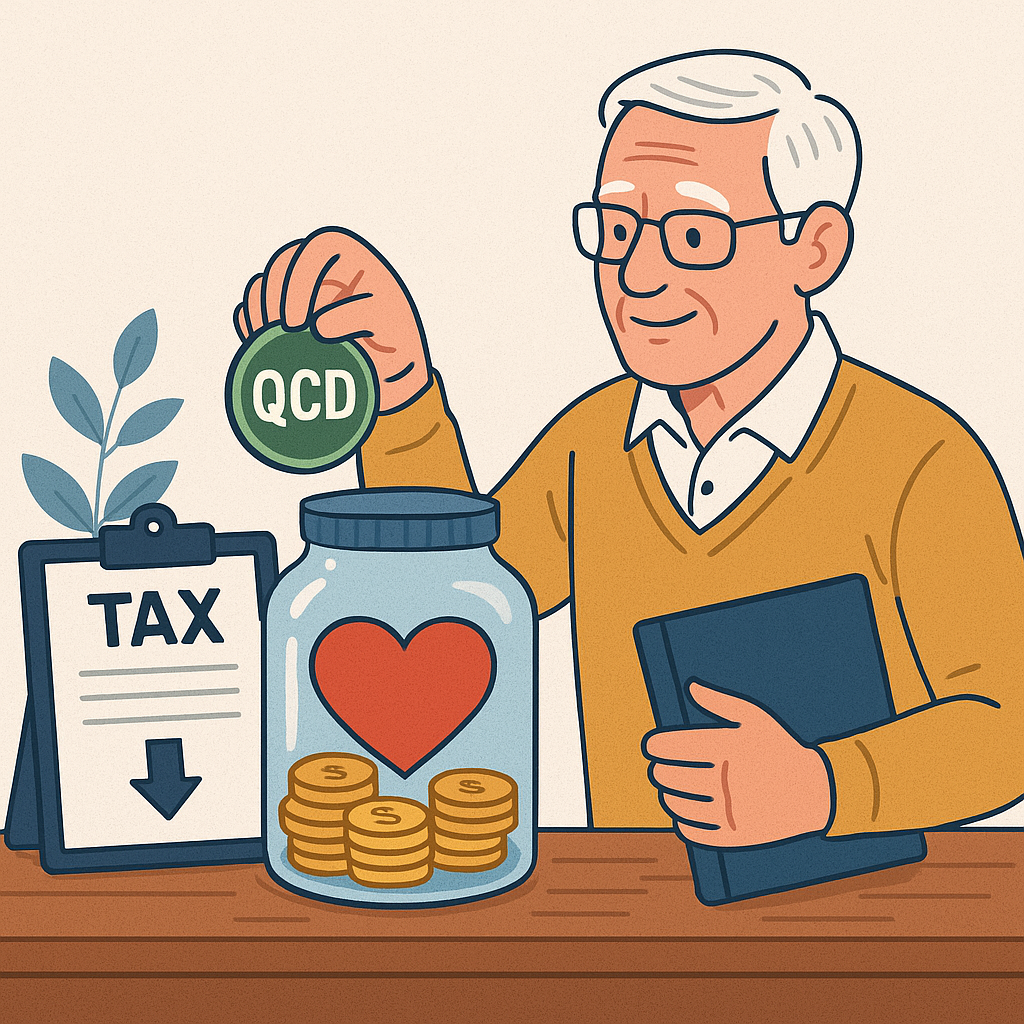Retirement planning involves careful consideration of various factors, one of the most critical being sequence of return risk. This often-overlooked concept can significantly impact your retirement income and overall financial security.
In this post, we’ll delve into what sequence of return risk is, how it can affect your retirement plans, and strategies to mitigate its impact.
What is Sequence of Return Risk?
Sequence of return risk refers to the potential negative impact of experiencing poor investment returns early in retirement. Unlike the accumulation phase, where the order of returns matters less, the distribution phase (when you start withdrawing from your retirement accounts) can be heavily influenced by the sequence of returns.

For instance, if the market performs poorly in the early years of your retirement, the combination of withdrawals and negative returns can significantly deplete your portfolio, even if average returns over time are satisfactory. This can be particularly detrimental if you’re relying on those funds for your retirement income.
How Market Cycles Affect Sequence of Returns
Market cycles are the natural fluctuation of the economy between periods of expansion and contraction. Understanding these cycles is crucial for retirement planning, as they directly impact investment returns and the sequence of return risk.
Phases of Market Cycles
-
Expansion: During this phase, the economy grows as businesses expand, employment rates increase, and consumer confidence rises. Stock markets typically perform well, and investors see positive returns on their investments.
-
Peak: This phase represents the height of economic growth. While it is characterized by strong performance in the stock market, it can also lead to inflation and higher interest rates as demand exceeds supply.
-
Contraction: Also known as a recession, this phase occurs when economic growth slows down. Businesses may cut back on production, unemployment rates can rise, and consumer spending decreases. The stock market often experiences declines, resulting in negative returns for investors.
-
Trough: This is the lowest point of the economic cycle, where the economy hits bottom. It’s often marked by low consumer confidence and high unemployment. However, it also sets the stage for the next phase of expansion.
The Importance of Market Cycles in Retirement Planning
For retirees, the sequence in which these cycles occur can significantly impact the longevity and stability of their retirement portfolio. If a market downturn happens early in retirement, the combination of withdrawals and poor returns can deplete savings quickly, posing a substantial risk to financial security.
While market cycles are inevitable, maintaining a long-term perspective can help manage anxiety and make informed decisions. Historical data shows that markets tend to recover and grow over extended periods. By preparing for market cycles and understanding their impact, retirees can create a robust plan to secure their financial future despite economic fluctuations.
The Impact of Poor Early Returns
To illustrate the impact of sequence of returns, consider two retirees with identical portfolios and average returns over their retirement period. Retiree A experiences a market downturn in the first few years, while Retiree B faces downturns later on in retirement. Let's look at a hypothetical 5 year period for Retiree A and Retiree B. Keep in mind, this is completely hypothetical and only used to illustrate the mathematical concept of sequence of returns:
Retiree A experiences negative returns for the first two years of retirement, and positive returns in the following three years:
| Year | Return | Value Before | Amount Withdrawn | Value After |
| 1 | -10% | $1,000,000 | $50,000 | $850,000 |
| 2 | -10% | $850,000 | $50,000 | $715,000 |
| 3 | 10% | $715,000 | $50,000 | $736,500 |
| 4 | 10% | $736,500 | $50,000 | $760,150 |
| 5 | 10% | $760,150 | $50,000 | $786,165 |
Retiree B experiences positive returns for the first three years of retirement, and negative returns in the following two years:
| Year | Return | Value Before | Amount Withdrawn | Value After |
| 1 | 10% | $1,000,000 | $50,000 | $850,000 |
| 2 | 10% | $1,050,000 | $50,000 | $1,105,000 |
| 3 | 10% | $1,105,000 | $50,000 | $1,165,500 |
| 4 | -10% | $1,165,500 | $50,000 | $1,048,950 |
| 5 | -10% | $1,048,950 | $50,000 | $943,055 |
Despite having the same average return over 5 years (0% per year), Retiree B ends up with significantly more money than Retiree A. This illustrates how the sequence of returns can impact the longevity and final balance of a retirement portfolio.
Mitigating Sequence of Return Risk
-
Diversification: Spreading investments across various asset classes can reduce the impact of market volatility. Diversification ensures that poor performance in one area doesn’t disproportionately affect your entire portfolio.
-
Withdrawal Strategies: Implementing flexible withdrawal strategies can help manage the impact of sequence of return risk. The 4% rule, where you withdraw 4% of your portfolio in the first year and adjust for inflation thereafter, is one possible approach. Alternatively, dynamic withdrawal strategies adjust based on market performance, reducing withdrawals in bad years and increasing them in good years.
-
Buffer Assets: Maintaining a portion of your retirement savings in less volatile assets, such as bonds or cash, can provide a buffer during market downturns. These assets can be used to cover living expenses, allowing the rest of your portfolio time to recover.
-
Insurance Products: Annuities and other insurance products can offer guaranteed income streams, reducing reliance on market performance for your retirement income. These products can provide peace of mind and ensure that you have a steady income regardless of market conditions.
-
Adjusting Asset Allocation: As you approach and enter retirement, shifting to a more conservative asset allocation can help manage risk. This typically involves increasing the proportion of bonds and other low-risk investments in your portfolio.
The Role of RMDs
Required Minimum Distributions (RMDs) add another layer of complexity to managing sequence of return risk. Once you reach age 73, you are required to start withdrawing a minimum amount from your tax-deferred retirement accounts each year. Failure to do so results in hefty penalties.

RMDs can force you to withdraw funds even during market downturns, potentially exacerbating sequence of return risk. Planning for RMDs involves strategically managing your withdrawals to balance tax implications and market conditions. Consulting with a retirement planner can help you navigate these requirements and develop a strategy that aligns with your overall retirement planning goals.
Conclusion
Sequence of return risk is a crucial consideration in retirement planning. By understanding its impact and implementing strategies like diversification, flexible withdrawals, and adjusting asset allocations, you can better manage this risk and secure your retirement income.
At Haywood Wealth, we specialize in wealth management, retirement planning, and investment management. Our team of experienced retirement planners is here to help you navigate these challenges and develop a robust plan tailored to your needs.
Contact us today to learn more about how we can support your retirement journey.








